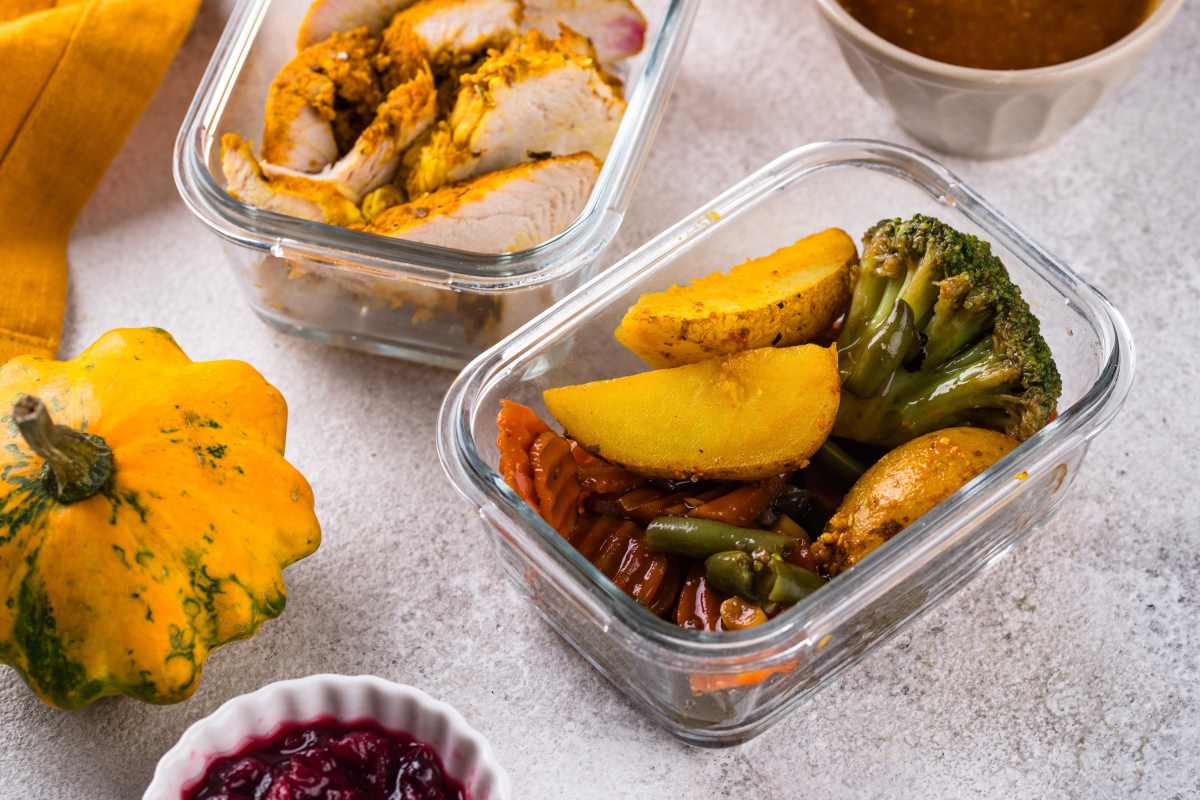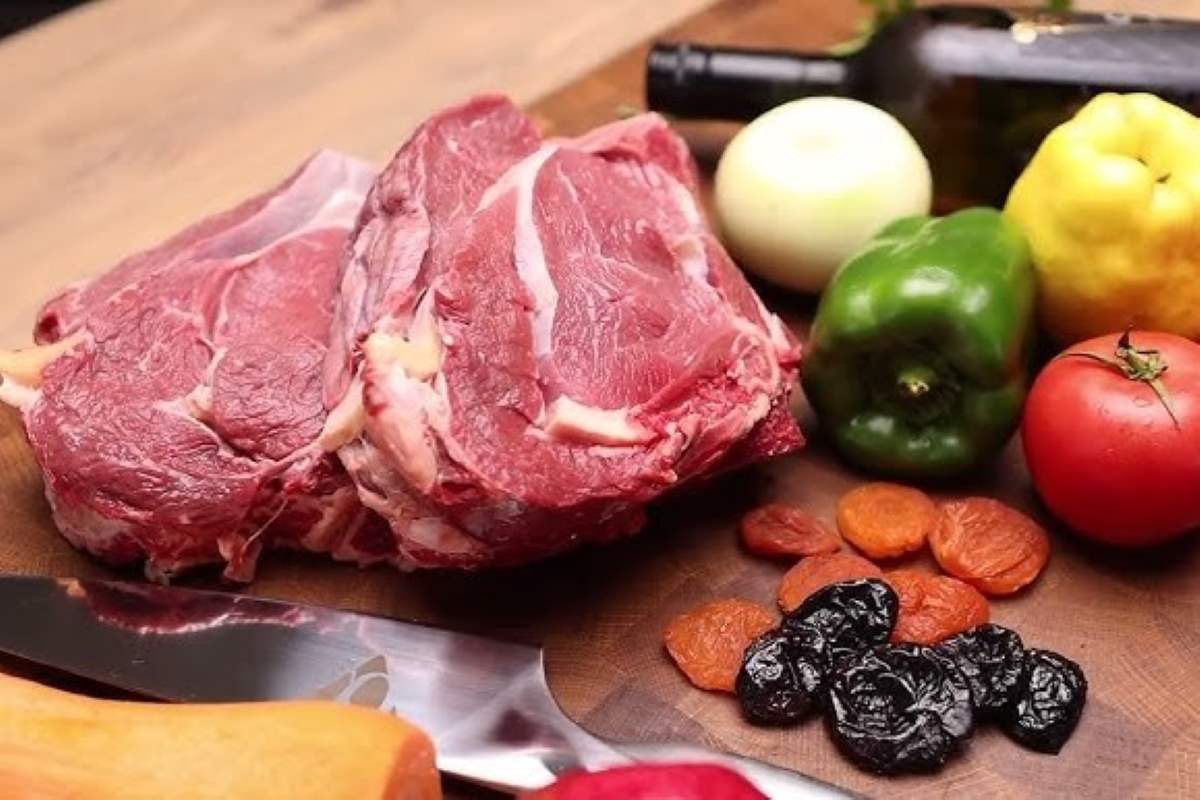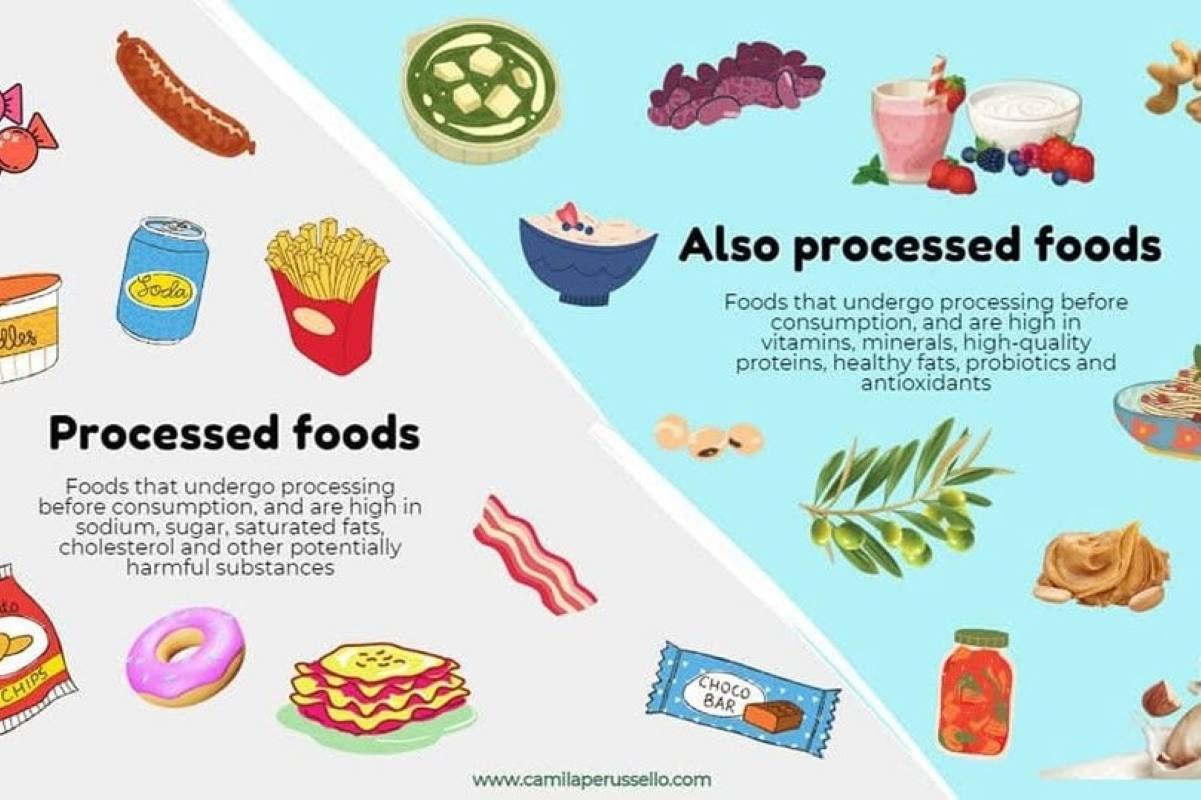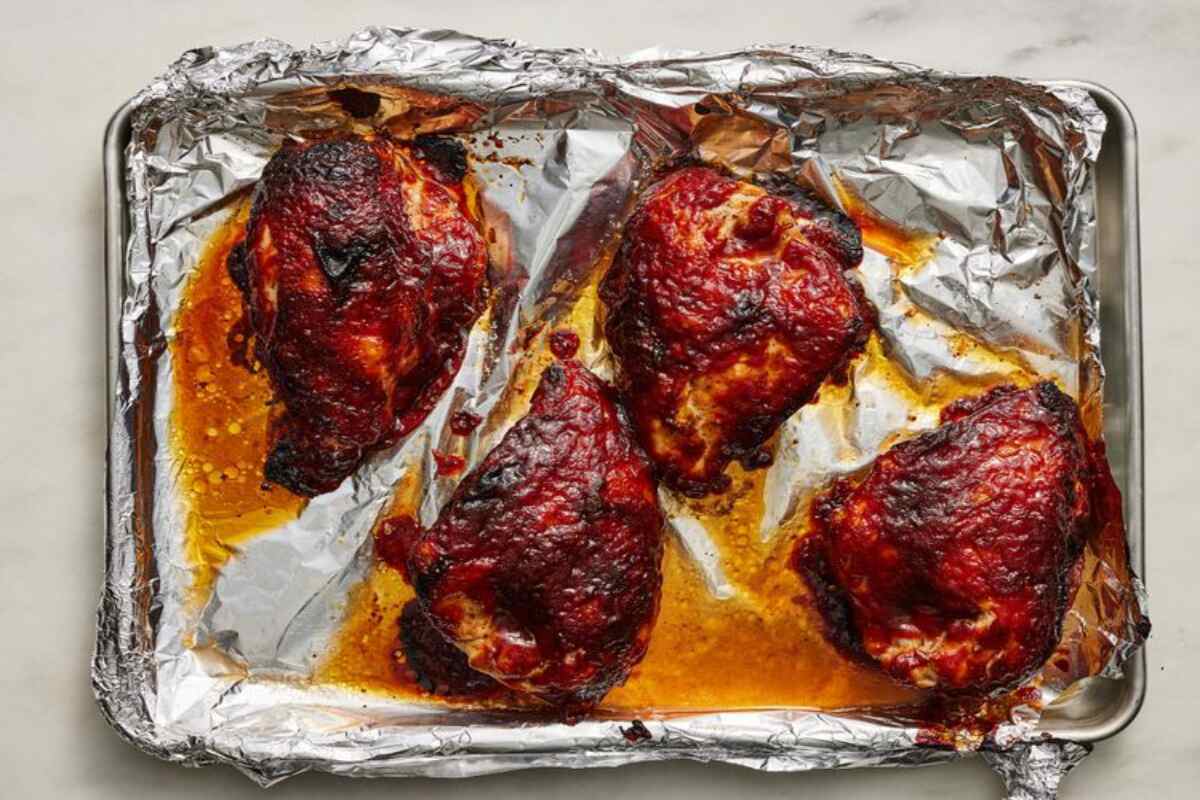Welcome to the DIY guide on how to store holiday leftovers and hacks on post-feast meal planning. A holiday feast has just ended, and your fridge is filled to maximum capacity. What next?
Managing food during such periods of surplus can become a lighthearted aside, particularly when the food in question is leftovers. Even when you plan to make the most of leftovers, you should be wary of potential safety risks.
This piece aims to guide readers on smart storage, freezing, and reheating tips to make leftovers last and taste great.
The Golden Rule: Store Promptly and Properly
When we break down the golden rule of food storage, its tenets state that food should not sit at room temperature for more than two hours. During your next holiday feast, refrigerate food no longer in use as soon as possible. This is because spoilage and disease-causing bacteria in food tend to multiply rapidly when stored between 40°F and 140°F. So, when freezing holiday meals, the goal is to keep leftovers out of this danger zone.
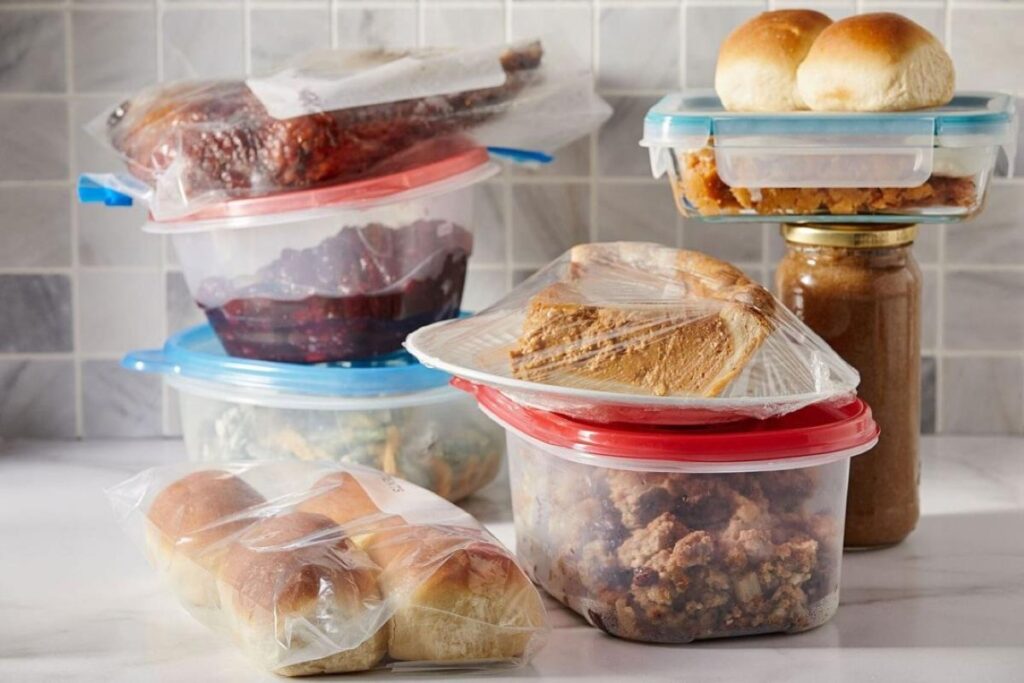
Another tip on how to store holiday leftovers is to use shallow containers for faster cooling. If your routine for food storage during holidays or any other season involves leaving food exposed in the fridge, please stop it today. Always pack leftovers in airtight containers to avoid flavor ingress or cross-contamination. Also, shallow containers are preferable for freezing cooked food safely because they aid faster cooling.
Proper labelling is also one of the important leftover food safety tips that cannot be ignored. When stockpiling leftovers after a holiday feast, it is very easy to lose track of the date of storage commencement. Usually, storage packs often look alike and mixing things up is super easy. So, always endeavor to label and date leftover containers in your fridge, as this makes post-feast meal planning seamless.
ALSO READ: Understanding Food Expiry Dates: What’s Safe and What’s Not
How Long Does Each Food Actually Last?
Due to the differences in average temperature of freezers and refrigerators, the shelf life of leftovers tends to vary significantly. And yes, for those wondering, even refrigerated food can go bad after a while. So, when deploying holiday leftover hacks for safe storage, also work out a leftover meal prep plan. Doing this will ensure minimal waste.
The table below highlights the average shelf life of different categories of cooked foods stored in a fridge.
| S/N | Food Type | Fridge Shelf Life |
| 1 | Desserts with dairy | 2–3 days |
| 2 | Casseroles | 3–4 days |
| 3 | Gravy/Sauces | 1–2 days |
| 4 | Cooked meat | 3–4 days |
| 5 | Cooked rice and egg products | 1–2 days |
| 6 | Dishes containing raw fish and vegetables | 24 hours |
It is worth noting that an average fridge operates at 37°F to 40°F (3°C to 5°C). Meanwhile, freezers operate at a standard temperature of 0°F (-18°C). How to store holiday leftovers transcends these cold storage methods of preservation.
Freezing cooked food safely can keep a dish wholesome for over a month. After following all the food safety guidelines for leftovers, the stored food may show no signs of spoilage long after the shelf life we suggest here. However, if in doubt about the wholesomeness of food after the recommended shelf life has lapsed, kindly discard it.
Freezing Leftovers Like a Pro
Freezing often tops the list of holiday leftover hacks because it is the go-to for most households. However, there are tips to follow for optimum food storage during holidays.
1. Portion Bulk Leftovers Before Freezing
Before freezing food, it is always advisable to break a large bulk of leftovers into small portions. To some extent, this hack makes rapid freezing easier and also makes for creative leftover meal ideas. For example, each time you need to use a portion of the leftovers in a meal, the need to bring out, thaw and use a single large batch is eliminated.
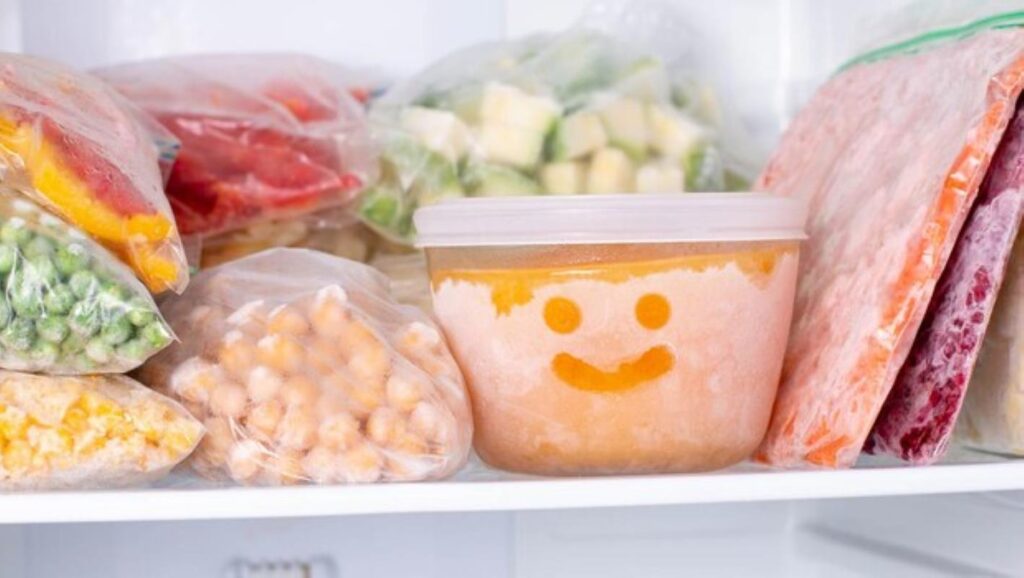
2. Use Air-Tight or Freezer-Safe Containers
While preparing portions before freezing, it is essential to use the appropriate containers for cold storage. Indeed, some packaging materials fare well in a fridge and give way at freezing temperatures. So, it is always safe to use air-tight containers. There are multiple brands of flexible and durable airtight plastic bags that protect food from freeze burns, keep air out, and moisture in.
3. Identify Foods that Freeze Poorly and Keep Them Out
Freezing some food items makes them lose their consistency and overall quality. Identifying such products early on will eliminate the energy cost and stress of freezing them. Some of these items are:
- Veggies with high moisture content, like watermelon, lettuce, cucumber and tomatoes.
- Foods with a high proportion of dairy products, like mayonnaise, soft cheese, yogurt, sour cream, etc.
- The texture of cooked eggs becomes unusual when stored in a freezer.
- Fried foods, foods with crispy toppings or coatings, herbs, spices and canned foods with liquid content should stay out of the freezer.
ALSO READ: Why Leftovers Taste Better, Sometimes, and the Science of Flavor Maturation
Best Ways to Reheat Without Ruining Flavor
The next issue is how to store holiday leftovers and repurpose them with creative leftover meal ideas. It would be pointless to go through great efforts to deploy holiday leftover hacks only to eventually discard the stored food. So, post-feast meal planning will make food storage during holidays worthwhile.
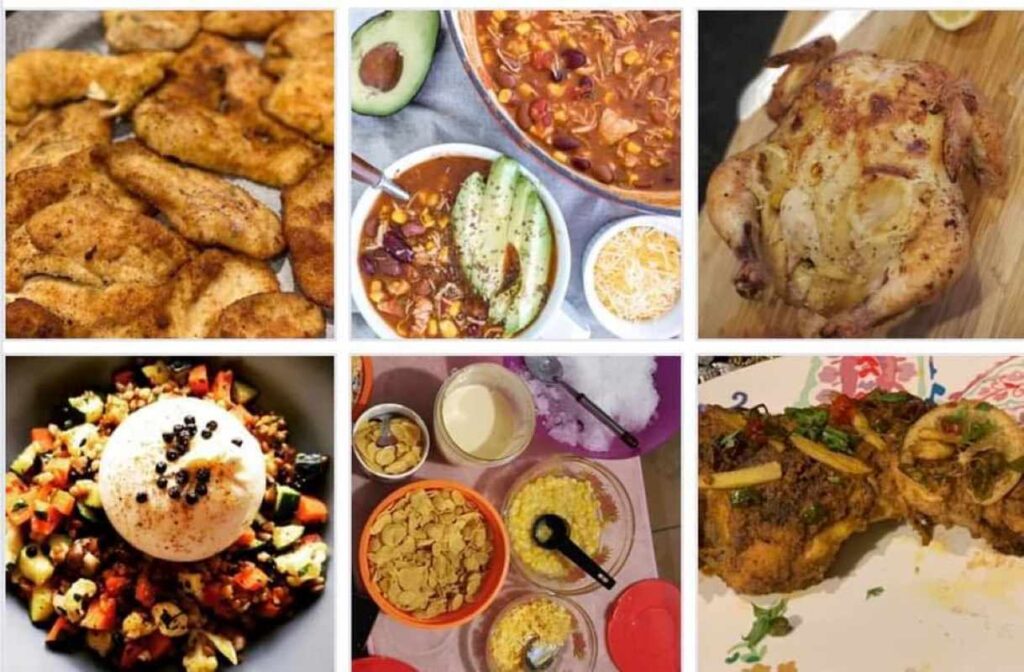
Most people encounter flavor alteration when reheating leftovers. So here are some creative leftover meal ideas for keeping the dish in pristine condition with minimal flavor distortion.
- Add a splash of water/broth to revive moisture lost during storage.
- Use food-grade foils to prevent drying out during reheating.
- Whether reheating in a microwave, regular oven, or over a stovetop, always follow CDC tips for leftover food safety.
Food sustainability can be improved considerably on the consumer end of the supply chain by learning how to store holiday leftovers. The USDA guide to handling holiday leftovers suggests that storing leftovers properly is about more than freshness—it’s about safety and reducing waste.
Also, beyond hacks on how to store holiday leftovers, you can get creative and sidestep the rut of microwave repeat. Spin up gourmet, fusion and enriching dishes from leftovers to make the most of them.
Your leftovers deserve a second life—and so does your time in the kitchen.







